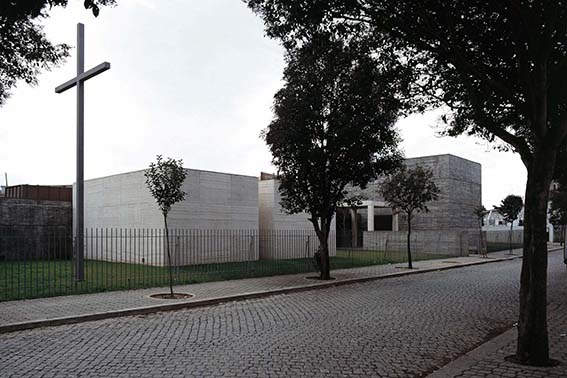Sacred Spaces
Meaning, Design, Construction
DOI:
https://doi.org/10.17979/aarc.2017.5.0.5153Keywords:
sacred, light, matter, mortuory chapelAbstract
The passage from sacred to secular space confers on religious space a wider functionality that will allow the incorporation of an abstract and open spatial symbolism to different perceptions of the divine to see, feel or invoke God. According to Rudolf Otto, on the Protestant churches the architectonic expression of the numinous is made by three fundamental elements of representation: obscurity, silence and emptiness. As elements that conceptually oppose the concrete or definitive symbol, they acquire a universal meaning that modern architecture itself will incorporate as a process of artistic emancipation.
For a contemporary architect to design a religious space thus imposes an inevitable incursion into this Protestant matrix that appeals to the simplicity of forms, to the fidelity of construction and to the aesthetic experience as access to the transcendent. The mortuary chapels I am presenting takes up this contact with the modern constructive knowledge and with the return to the essential sacred place made of space, light and matter.
Downloads
Metrics
References
Bachelard, Gaston. 1984 (1957). La poétique de l’espace. Paris: Quadrige.
CEI/Commissione Episcopale per la Liturgia. 1996. «La progettazione di nuove chiese. Nota pastorale». Accessed 27/11/2017. http://bit.ly/2zkyDK0.
Dorfles, Gillo. 2001 (1958). As oscilações do gosto. Lisboa: Livros Horizonte.
Eliade, Mircea. 2002 (1957). O sagrado e o profano. A essência das religiões. Lisboa: Edição Livros do Brasil.
Fernández-Galiano Ruiz, Luis. 2002. «Un siglo seglar». AV Monografías 95:3.
Forty, Adrian. 2000. Words & Buildings. A Vocabulary of Modern Architecture. London: Thames&Hudson.
Guardini, Romano. 2017 (1918). Espírito da Liturgia. Lisboa: Secretariado Nacional de Liturgia.
Guardini, Romano. 1988 (1966). Formazione litúrgica. Milano: Saggi.
Havik, Klaske and Gus Tielens. 2013. «Atmosphere, Compassion and Embodied Experience. A conversation about Atmosphere with Juhani Pallasmaa». OASE 91:33–53.
Halbwachs, Maurice. 2017 (1950). La mémoire collective. Accessed 21/07/2017. https://www.sze.hu/mtdi/gyoreuropa/Francia/HALBWACH.DOC.
Kant, Emmanuel. 2008 (1781). Critica da Razão Pura. Accessed 21/07/2017. https://www.marxists.org/portugues/kant/1781/mes/pura.pdf.
Norberg-Schulz, Christian. 1986 (1974). Meaning in Western Architecture. London: Studio Vista.
Otto, Rudolf. 2005 (1917). O Sagrado. Lisboa: Edições 70.
Stegers, Rudolf. 2008. Sacred Buildings. A Design Manual. Basel/Boston/Berlin: Birkhauser.
Zumthor, Peter. 2006. Atmosferas. Barcelona: Gustavo Gili.
















